Whether you’re doing kettlebell swings, deadlifts, or incline sprints on a treadmill, chances are that your trainer or instructor has more than once told you to engage or tighten your core — a step that improves both effectiveness and safety.
To learn how to do this, it’s important to understand what the core is — and what it is not, says Rael Isacowitz, a longtime Pilates instructor, lecturer, and author of the book Pilates.
A tight core doesn’t refer to washboard abs. In fact, visible abdominal muscles play just one (relatively minor) role in a much larger system of muscles that stretch from the upper back down to the hips, around the trunk, and deep inside the body.
The major players of the core are the unseen muscles of the midsection, including the deep-lying abdominal muscles, back extensors, diaphragm, hip flexors, and pelvic floor.
Use the following exercises, recommended by Andrea DuCane, RKC master instructor and author of The Ageless Body, to feel the difference between a tight core and a slack one. You can incorporate them into your workouts to build core strength over time while learning to re-create the engaged tight-core sensation you feel in your workouts.
Hardstyle Plank
- Lower yourself to the floor, face down, so you are resting on your forearms and toes only, keeping your feet and knees together. Your body will form a straight line from your head to your heels.
- Flatten your lower back, and imagine that you are tucking your tailbone toward your belly button and your elbows toward your toes.
- Squeeze your glutes, press your feet and legs together, pull up your kneecaps to tighten your quads, and pull your shoulders down and away from your ears to engage the lats. Look at the floor and allow your breath to be shallow.
- Work up to two to four sets of 30-second holds, depending on your experience level.
Leg Lowers
- Lie on your back with your hands by your sides, legs extended straight in the air, and head slightly lifted with no tension in the neck.
- Press your lower back firmly into the floor.
- Begin to lower one leg while continuing to press your lower back into the floor. Stop lowering your leg as soon as your lower back loses full contact, and raise it back up to the starting position.
- Alternate sides, lowering one leg at a time, then try lowering both legs together. Build up to two to four sets of 20 reps.
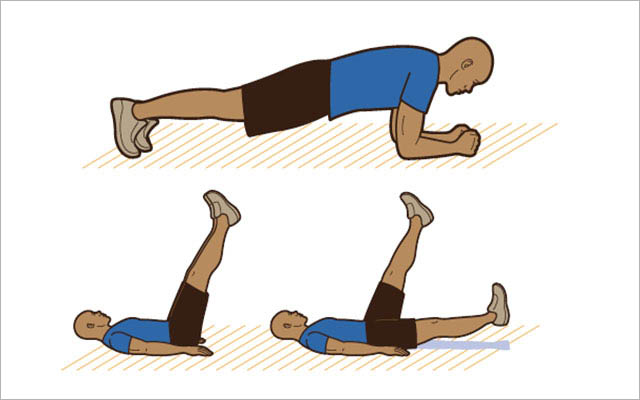
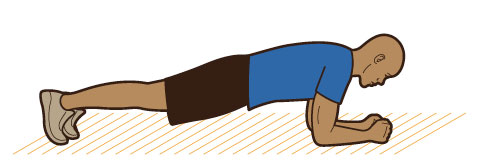
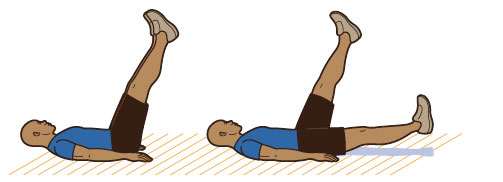
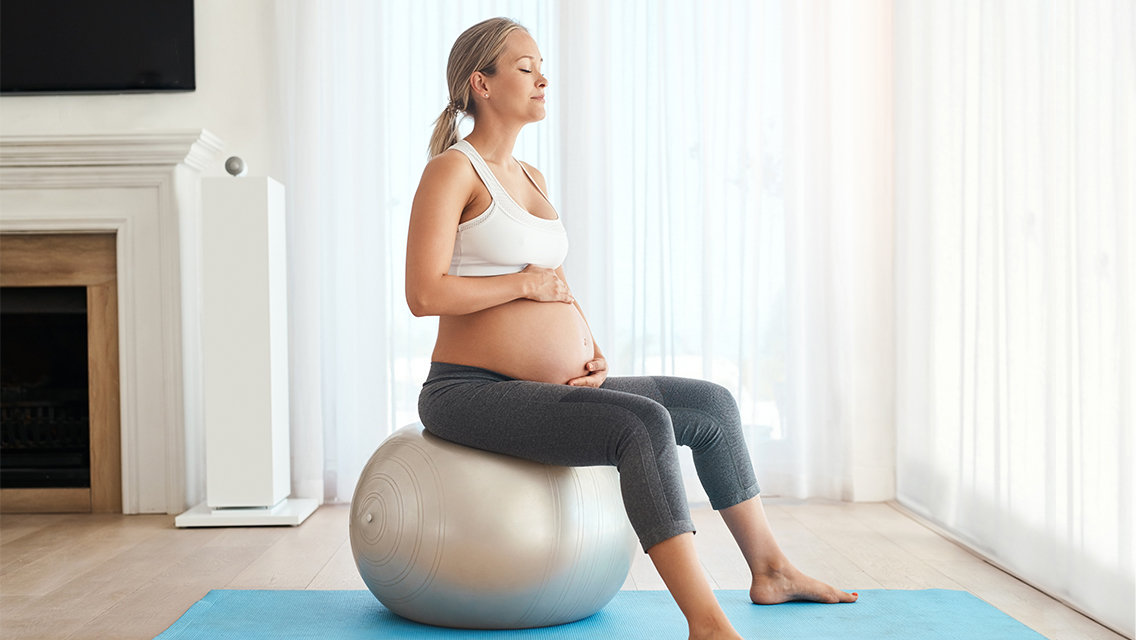
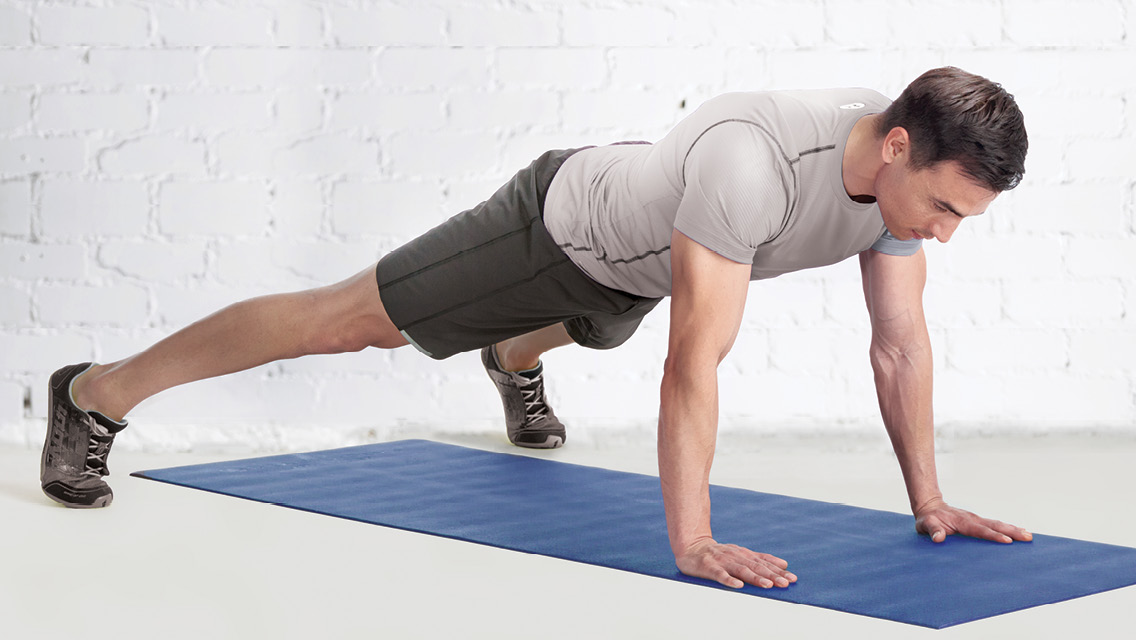
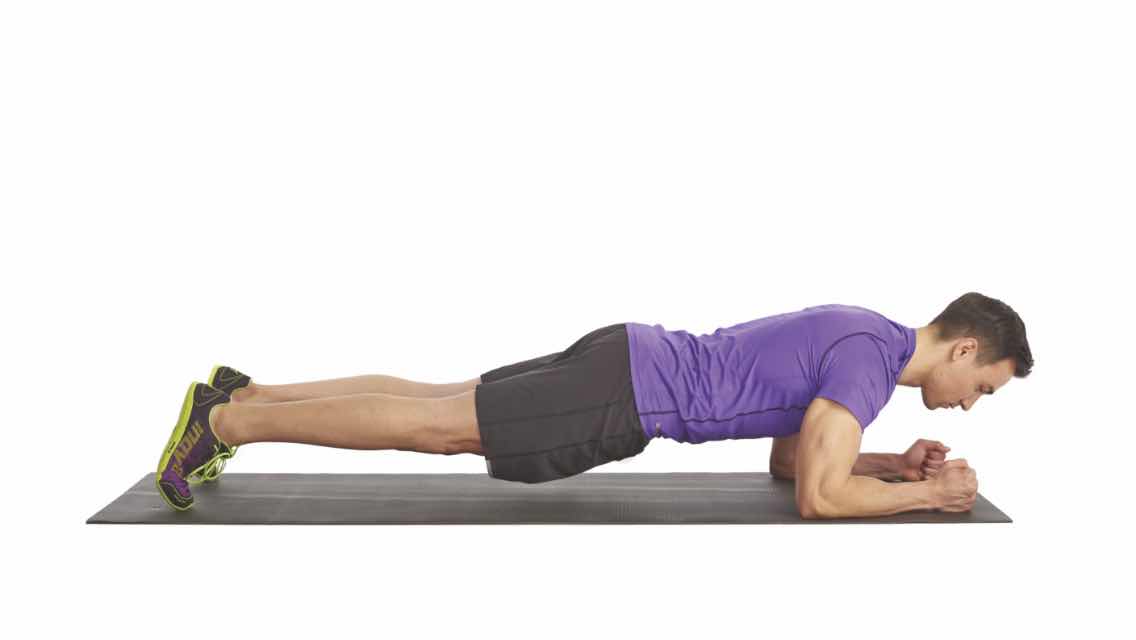
This Post Has One Comment
[…] help brace your core for lifts, strength coach Lee Boyce recommends […]